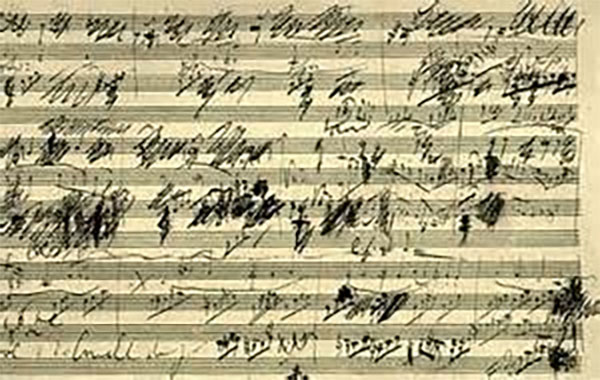Has anyone ever made a backwards piano? Shouldn’t left handed people have a go of it with a piano where the high keys are on the bottom and the low keys are on the top? It seems like a crazy idea but indeed, the Dutch team Poletti and Tuinman built such a piano. I think about the fact that we’ve learned how to play piano as it is, what an arduous task it would be to relearn the piano!
Famously, there are some guitar players such as Jimi Hendrix who played guitar flipped over. Some players even reversed the strings – and that’s interesting enough! But here’s an interesting fact: You can actually try out a backwards piano! How can this be? There is music software available which I first utilized back in the 1990s from Mark of the Unicorn called, Performer. It had a function where you could set the MIDI keyboard controller to play the notes in reverse order from top to bottom. I found it so fascinating to hear pieces played upside down! One of the facts of inverting music is that everything major becomes minor and everything minor becomes major. As a result, you get really interesting music. It’s like hearing an entirely fresh piece with a totally different emotional content that can still work heard upside down!
If you ever get a chance to play an upside down keyboard, which is probably going to be through MIDI because it’s hard to find any actual pianos built that way, you’re going to find that you can play pieces you know and have refreshing new compositions you can play instantly almost like whole new pieces!
The bottom line is this, you need some conventions in the world. For example, in your country, you know what side of the street to drive on. Imagine how haphazard it would be otherwise. It’s the same thing with the piano. To relearn everything would be an arduous task. Indeed, with the piano you have to be ambidextrous anyway because both hands have an equal role to play. But it is certainly fascinating playing such a piano.
Thanks for joining me, Robert Estrin here at LivingPianos.com. info@livingpianos.com










